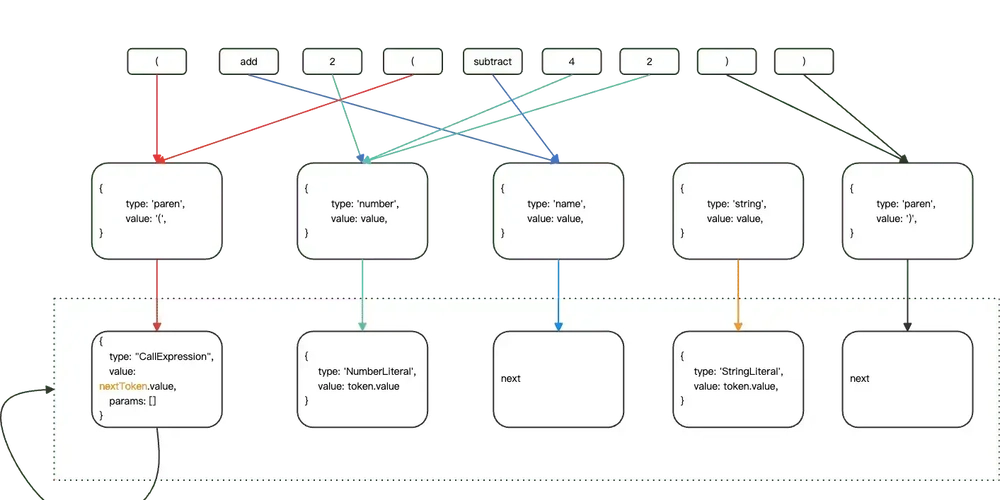The Magic of Spring Boot’s Inversion of Control (IoC)
Introduction: Why IoC Feels Like Wizardry Imagine you’re a chef in a bustling kitchen, tasked with preparing a gourmet meal. Instead of scrambling to fetch ingredients, chop vegetables, and light the stove yourself, a team of sous-chefs magically anticipates your needs, delivering perfectly prepped ingredients and tools right when you need them. You focus on cooking, and the meal comes together effortlessly. This, dear reader, is the magic of Spring Boot’s Inversion of Control (IoC)—a design principle that transforms chaotic, tightly coupled code into elegant, modular applications. Spring Boot’s IoC is the backbone of millions of enterprise applications, powering everything from e-commerce platforms to banking systems. By delegating object creation and dependency management to the Spring framework, developers can focus on business logic rather than plumbing. Whether you’re a beginner writing your first Java application or a seasoned architect designing microservices, mastering IoC will save you time, reduce bugs, and make your code feel like a well-orchestrated symphony. In this article, you’ll embark on a journey through the world of Spring Boot’s IoC. We’ll start with the basics, unravel advanced techniques, debunk myths, and share real-world stories of IoC in action. With clear explanations, practical code examples, and a sprinkle of humor, this is your ultimate guide to understanding and leveraging the magic of IoC. Let’s dive in! The Story of IoC: From Chaos to Clarity Picture a junior developer, Alex, tasked with building a customer management system. In his first attempt, Alex hardcodes every object creation and dependency, resulting in a tangle of code that’s impossible to test or extend. Deadlines loom, bugs multiply, and Alex dreams of a better way. Enter Spring Boot’s IoC, which flips the script by letting the framework manage dependencies. Alex’s code becomes cleaner, his tests pass, and he earns a well-deserved coffee break. This narrative arc—from chaos to clarity—mirrors the evolution of IoC itself. Born from the need to tame complex Java applications, IoC (and its implementation via Dependency Injection) became a cornerstone of the Spring framework. Today, Spring Boot’s streamlined IoC empowers developers to build scalable, maintainable systems with ease. Let’s break down how it works and why it matters. Section 1: Understanding Inversion of Control What Is IoC? Inversion of Control is a design principle where the control of object creation and lifecycle is inverted from the application code to a framework. Instead of your code instantiating objects and managing dependencies, the framework (Spring Boot, in this case) takes charge, injecting dependencies where needed. Analogy: Think of IoC as a Hollywood casting director. Instead of actors (objects) auditioning for roles, the director (Spring) assigns the perfect actor for each scene, ensuring everything runs smoothly. Why IoC Matters Decoupling: IoC reduces tight coupling between classes, making code easier to modify and test. Scalability: Modular code is simpler to scale across teams or microservices. Maintainability: Changes to one component don’t ripple across the entire application. Common Misconception Myth: IoC is just Dependency Injection (DI). Truth: DI is a specific implementation of IoC. IoC is the broader principle of inverting control, while DI is how Spring achieves it by injecting dependencies. Takeaway: Start thinking of your application as a collection of loosely coupled components, orchestrated by Spring’s IoC container. Section 2: How Spring Boot’s IoC Works Spring Boot’s IoC is powered by its Application Context, a container that manages beans (objects) and their dependencies. Let’s explore the key components. The Spring IoC Container The IoC container is the heart of Spring Boot, responsible for: Bean Creation: Instantiating objects (beans) defined in your application. Dependency Injection: Wiring beans together by injecting dependencies. Lifecycle Management: Handling initialization and destruction of beans. Key Annotations Spring Boot uses annotations to configure beans and dependencies: @Component: Marks a class as a Spring-managed bean. @Autowired: Injects a dependency automatically. @Configuration: Defines a class for bean configuration. @Bean: Declares a method that produces a bean. Code Example: Basic IoC in Action Let’s create a simple application to demonstrate IoC. // Service interface public interface GreetingService { String greet(); } // Service implementation @Component public class EnglishGreetingService implements GreetingService { public String greet() { return "Hello, World!"; } } // Controller @Component public class GreetingController { private final GreetingService greetingService; @Autowired public GreetingController(Gre

Introduction: Why IoC Feels Like Wizardry
Imagine you’re a chef in a bustling kitchen, tasked with preparing a gourmet meal. Instead of scrambling to fetch ingredients, chop vegetables, and light the stove yourself, a team of sous-chefs magically anticipates your needs, delivering perfectly prepped ingredients and tools right when you need them. You focus on cooking, and the meal comes together effortlessly. This, dear reader, is the magic of Spring Boot’s Inversion of Control (IoC)—a design principle that transforms chaotic, tightly coupled code into elegant, modular applications.
Spring Boot’s IoC is the backbone of millions of enterprise applications, powering everything from e-commerce platforms to banking systems. By delegating object creation and dependency management to the Spring framework, developers can focus on business logic rather than plumbing. Whether you’re a beginner writing your first Java application or a seasoned architect designing microservices, mastering IoC will save you time, reduce bugs, and make your code feel like a well-orchestrated symphony.
In this article, you’ll embark on a journey through the world of Spring Boot’s IoC. We’ll start with the basics, unravel advanced techniques, debunk myths, and share real-world stories of IoC in action. With clear explanations, practical code examples, and a sprinkle of humor, this is your ultimate guide to understanding and leveraging the magic of IoC. Let’s dive in!
The Story of IoC: From Chaos to Clarity
Picture a junior developer, Alex, tasked with building a customer management system. In his first attempt, Alex hardcodes every object creation and dependency, resulting in a tangle of code that’s impossible to test or extend. Deadlines loom, bugs multiply, and Alex dreams of a better way. Enter Spring Boot’s IoC, which flips the script by letting the framework manage dependencies. Alex’s code becomes cleaner, his tests pass, and he earns a well-deserved coffee break.
This narrative arc—from chaos to clarity—mirrors the evolution of IoC itself. Born from the need to tame complex Java applications, IoC (and its implementation via Dependency Injection) became a cornerstone of the Spring framework. Today, Spring Boot’s streamlined IoC empowers developers to build scalable, maintainable systems with ease. Let’s break down how it works and why it matters.
Section 1: Understanding Inversion of Control
What Is IoC?
Inversion of Control is a design principle where the control of object creation and lifecycle is inverted from the application code to a framework. Instead of your code instantiating objects and managing dependencies, the framework (Spring Boot, in this case) takes charge, injecting dependencies where needed.
Analogy: Think of IoC as a Hollywood casting director. Instead of actors (objects) auditioning for roles, the director (Spring) assigns the perfect actor for each scene, ensuring everything runs smoothly.
Why IoC Matters
- Decoupling: IoC reduces tight coupling between classes, making code easier to modify and test.
- Scalability: Modular code is simpler to scale across teams or microservices.
- Maintainability: Changes to one component don’t ripple across the entire application.
Common Misconception
Myth: IoC is just Dependency Injection (DI).
Truth: DI is a specific implementation of IoC. IoC is the broader principle of inverting control, while DI is how Spring achieves it by injecting dependencies.
Takeaway: Start thinking of your application as a collection of loosely coupled components, orchestrated by Spring’s IoC container.
Section 2: How Spring Boot’s IoC Works
Spring Boot’s IoC is powered by its Application Context, a container that manages beans (objects) and their dependencies. Let’s explore the key components.
The Spring IoC Container
The IoC container is the heart of Spring Boot, responsible for:
- Bean Creation: Instantiating objects (beans) defined in your application.
- Dependency Injection: Wiring beans together by injecting dependencies.
- Lifecycle Management: Handling initialization and destruction of beans.
Key Annotations
Spring Boot uses annotations to configure beans and dependencies:
-
@Component: Marks a class as a Spring-managed bean. -
@Autowired: Injects a dependency automatically. -
@Configuration: Defines a class for bean configuration. -
@Bean: Declares a method that produces a bean.
Code Example: Basic IoC in Action
Let’s create a simple application to demonstrate IoC.
// Service interface
public interface GreetingService {
String greet();
}
// Service implementation
@Component
public class EnglishGreetingService implements GreetingService {
public String greet() {
return "Hello, World!";
}
}
// Controller
@Component
public class GreetingController {
private final GreetingService greetingService;
@Autowired
public GreetingController(GreetingService greetingService) {
this.greetingService = greetingService;
}
public String sayHello() {
return greetingService.greet();
}
}
// Main application
@SpringBootApplication
public class IocDemoApplication {
public static void main(String[] args) {
ApplicationContext context = SpringApplication.run(IocDemoApplication.class, args);
GreetingController controller = context.getBean(GreetingController.class);
System.out.println(controller.sayHello()); // Outputs: Hello, World!
}
}
Explanation:
-
@Componenttells Spring to manageEnglishGreetingServiceandGreetingControlleras beans. -
@Autowiredinjects theGreetingServiceimplementation into the controller. - The
ApplicationContextorchestrates everything, creating and wiring beans.
Takeaway: Use annotations like @Component and @Autowired to let Spring handle dependency management, reducing boilerplate code.
Section 3: Dependency Injection Patterns
Spring supports three DI patterns: constructor, setter, and field injection. Let’s compare them.
Constructor Injection
@Component
public class UserService {
private final DatabaseService databaseService;
@Autowired
public UserService(DatabaseService databaseService) {
this.databaseService = databaseService;
}
}
Pros: Ensures immutability; dependencies are clear.
Cons: Can lead to verbose constructors with many dependencies.
Setter Injection
@Component
public class UserService {
private DatabaseService databaseService;
@Autowired
public void setDatabaseService(DatabaseService databaseService) {
this.databaseService = databaseService;
}
}
Pros: Flexible for optional dependencies.
Cons: Allows partial initialization, risking null references.
Field Injection
@Component
public class UserService {
@Autowired
private DatabaseService databaseService;
}
Pros: Concise syntax.
Cons: Harder to test; hides dependencies.
Best Practice: Prefer constructor injection for required dependencies to ensure immutability and testability.
Takeaway: Choose constructor injection for most cases, but understand when setter or field injection might be appropriate.
Section 4: Advanced IoC Techniques
Bean Scopes
Spring beans can have different scopes:
- Singleton (default): One instance per container.
- Prototype: New instance each time requested.
- Request, Session, Application: Web-specific scopes.
Example:
@Component
@Scope("prototype")
public class PrototypeBean {
// New instance created each time
}
Conditional Beans
Use @Conditional or @Profile to create beans based on conditions.
@Configuration
public class AppConfig {
@Bean
@Profile("dev")
public DataSource devDataSource() {
return new EmbeddedDatabaseBuilder().build();
}
@Bean
@Profile("prod")
public DataSource prodDataSource() {
return new JndiDataSourceLookup().getDataSource("prod");
}
}
Lazy Initialization
@Component
@Lazy
public class ExpensiveBean {
// Initialized only when first accessed
}
Takeaway: Use bean scopes, conditional beans, and lazy initialization to optimize performance and flexibility.
Section 5: Real-Life Case Study
Case Study: E-Commerce Platform
A mid-sized e-commerce company struggled with a monolithic application where payment processing was tightly coupled to order management. Scaling was a nightmare, and testing was slow. By adopting Spring Boot’s IoC, they:
- Defined modular services (
PaymentService,OrderService) as Spring beans. - Used constructor injection to decouple components.
- Implemented prototype-scoped beans for handling transient payment sessions.
Result: Deployment time dropped by 40%, and unit tests ran 3x faster. The team could scale payment processing independently, handling Black Friday traffic with ease.
Lesson: IoC enables modularity, making it easier to scale and test complex systems.
Takeaway: Identify tightly coupled components in your application and refactor them using Spring’s IoC.
Section 6: Visualizing IoC
Flow Chart: How Spring IoC Works
graph TD
A[Application Starts] --> B[Spring Boot Scans Annotations]
B --> C[Creates ApplicationContext]
C --> D[Registers Beans]
D --> E[Injects Dependencies]
E --> F[Application Runs]
Explanation: This flow chart illustrates the IoC process, from startup to runtime, showing how Spring orchestrates beans and dependencies.
Takeaway: Visualize IoC as a pipeline where Spring handles the heavy lifting, letting you focus on business logic.
Section 7: Common Pitfalls and How to Avoid Them
Pitfall 1: Overusing @Autowired
Relying heavily on field injection can obscure dependencies.
Solution: Use constructor injection to make dependencies explicit.
Pitfall 2: Circular Dependencies
@Component
public class ServiceA {
@Autowired
private ServiceB serviceB;
}
@Component
public class ServiceB {
@Autowired
private ServiceA serviceA;
}
Solution: Refactor to use interfaces or break the cycle with @Lazy.
Pitfall 3: Misconfigured Bean Scopes
Using singleton scope for stateful beans can cause concurrency issues.
Solution: Use prototype or request scope for stateful components.
Takeaway: Regularly review your bean configurations to catch these issues early.
Section 8: FAQ
Q: Is IoC only for large applications?
A: No! Even small projects benefit from IoC’s modularity and testability.
Q: Can I use IoC without Spring Boot?
A: Yes, but Spring Boot simplifies IoC with auto-configuration and annotations.
Q: How do I debug IoC issues?
A: Enable Spring’s debug logging (logging.level.org.springframework=DEBUG) to trace bean creation and injection.
Takeaway: Use the FAQ to address lingering questions and build confidence.
Section 9: Quick Reference Checklist
- [ ] Use
@Componentor@Beanto define Spring-managed beans. - [ ] Prefer constructor injection for required dependencies.
- [ ] Choose appropriate bean scopes (e.g., singleton, prototype).
- [ ] Avoid circular dependencies with
@Lazyor refactoring. - [ ] Test beans in isolation using Spring’s testing framework.
Takeaway: Keep this checklist handy for your next Spring Boot project.
Conclusion: Unleash the Magic
Spring Boot’s IoC is more than a technical concept—it’s a mindset shift that empowers you to write cleaner, more maintainable code. From decoupling components to scaling enterprise systems, IoC is the secret sauce behind countless successful applications. Whether you’re refactoring a legacy codebase or starting a new project, IoC will save you time and headaches.
Call to Action: Start experimenting with Spring Boot’s IoC today! Create a small project, play with annotations, and see how IoC simplifies your code. Join the Spring community on forums like Stack Overflow or Reddit, and share your journey.
Additional Resources
- Books: Spring in Action by Craig Walls
- Tools: Spring Initializr (start.spring.io) for quick project setup
- Communities: Spring Framework GitHub, Spring subreddit
Glossary
- Bean: A Spring-managed object.
- IoC Container: The Spring component that manages beans and dependencies.
- Dependency Injection: The process of providing dependencies to a class.







































































































































































![[The AI Show Episode 146]: Rise of “AI-First” Companies, AI Job Disruption, GPT-4o Update Gets Rolled Back, How Big Consulting Firms Use AI, and Meta AI App](https://www.marketingaiinstitute.com/hubfs/ep%20146%20cover.png)









































































































































































































































































_Alexey_Kotelnikov_Alamy.jpg?width=1280&auto=webp&quality=80&disable=upscale#)
_Brian_Jackson_Alamy.jpg?width=1280&auto=webp&quality=80&disable=upscale#)









































































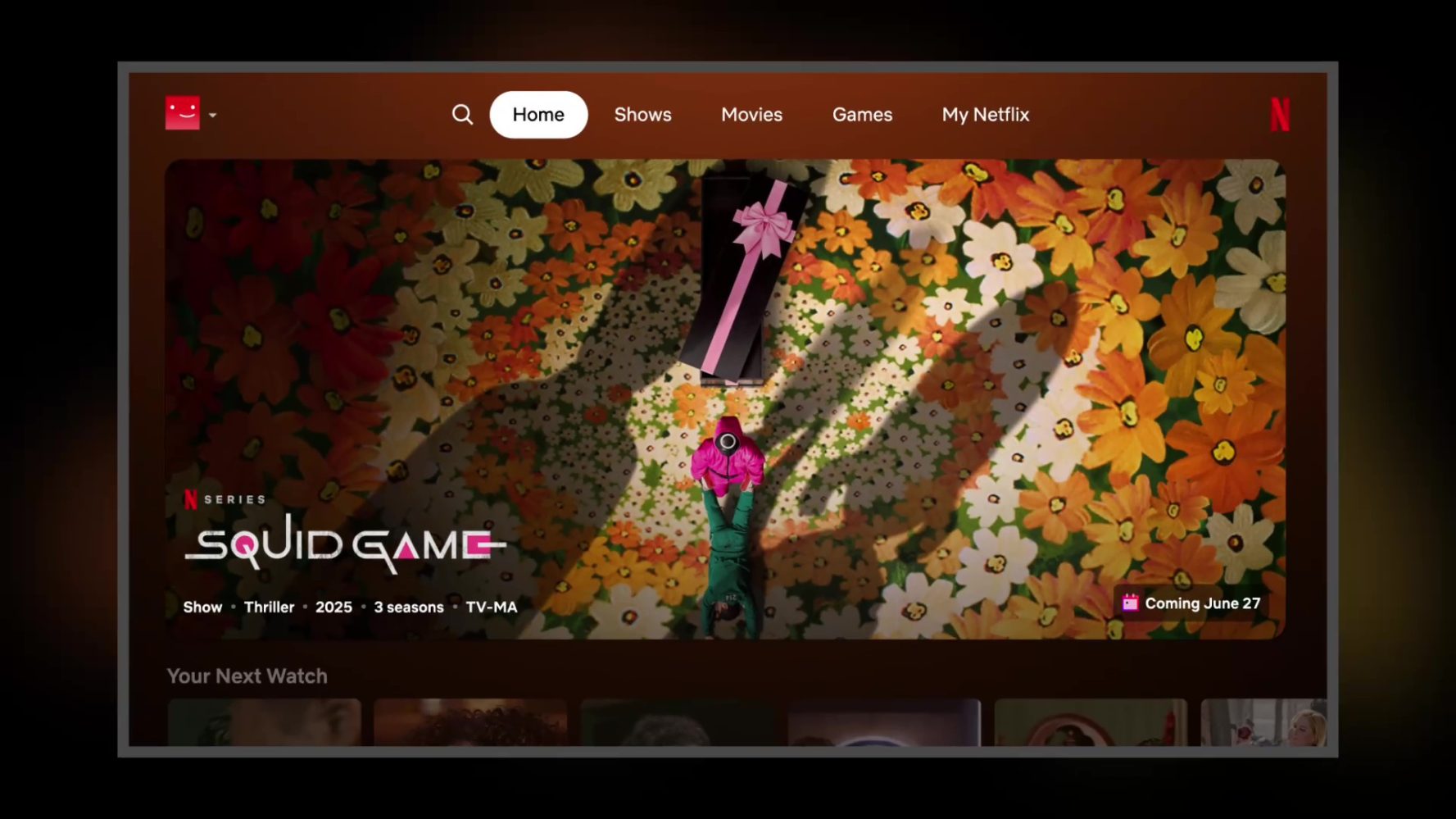
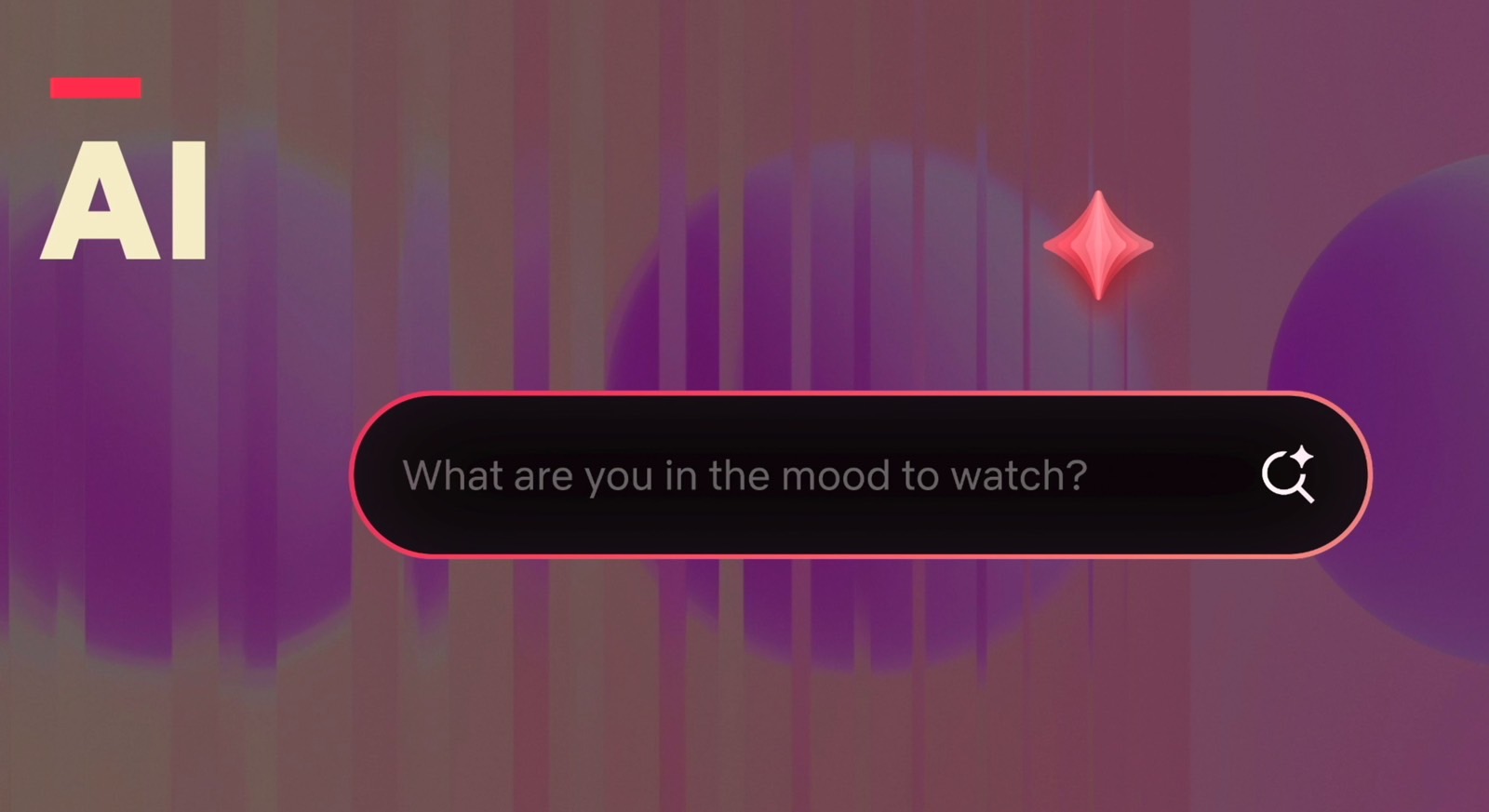











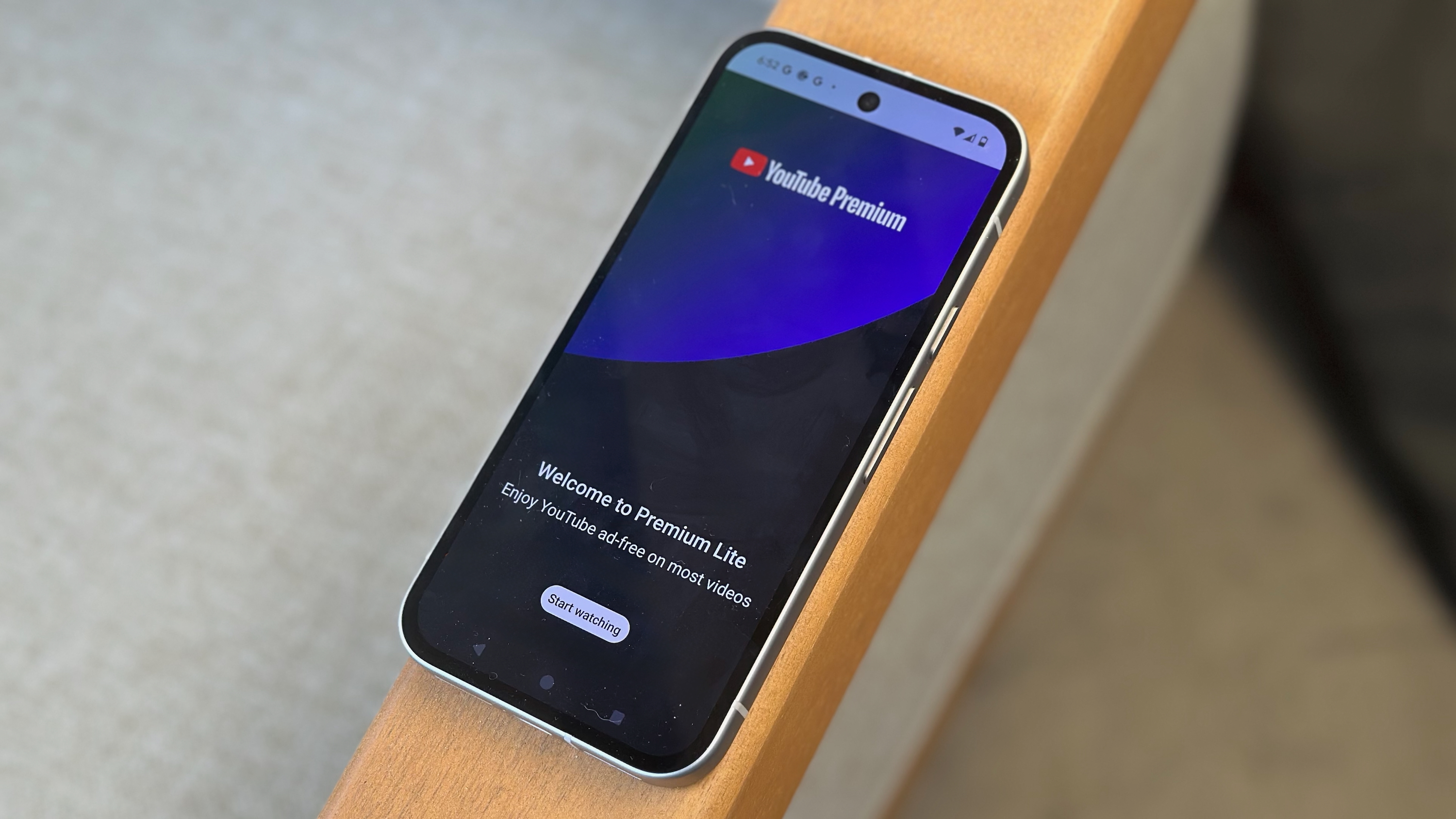







![iPhone spyware company NSO must pay Meta $167M for WhatsApp attack [U]](https://i0.wp.com/9to5mac.com/wp-content/uploads/sites/6/2024/03/iPhone-spyware-company-NSO-must-reveal-code.jpg?resize=1200%2C628&quality=82&strip=all&ssl=1)


![Roku clarifies how ‘Pause Ads’ work amid issues with some HDR content [U]](https://i0.wp.com/9to5google.com/wp-content/uploads/sites/4/2025/05/roku-pause-ad-1.jpg?resize=1200%2C628&quality=82&strip=all&ssl=1)











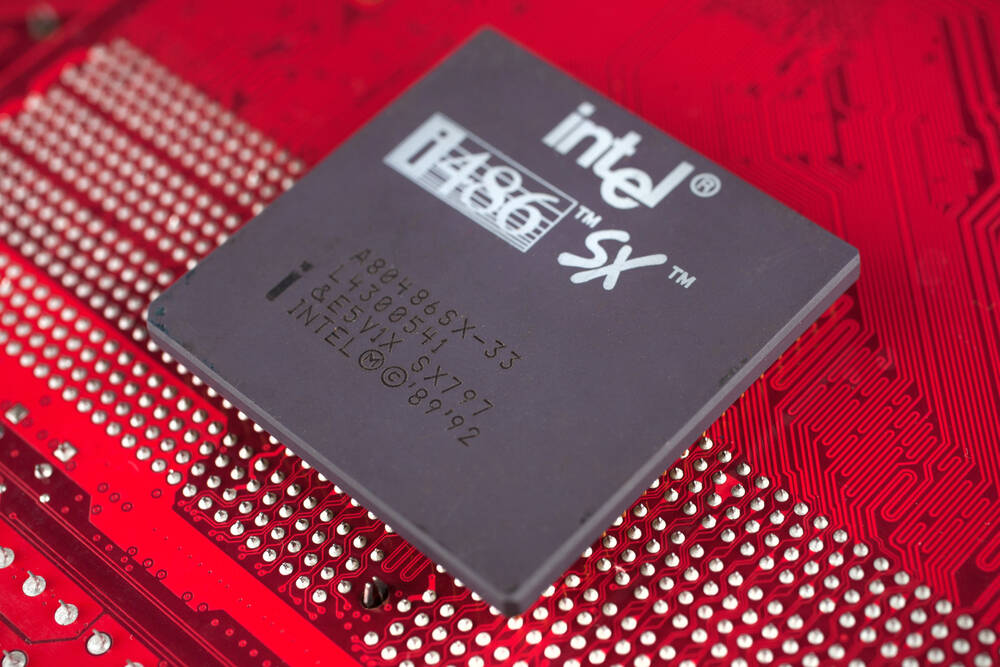


![Apple Seeds visionOS 2.5 RC to Developers [Download]](https://www.iclarified.com/images/news/97240/97240/97240-640.jpg)
![Apple Seeds tvOS 18.5 RC to Developers [Download]](https://www.iclarified.com/images/news/97243/97243/97243-640.jpg)



























































































